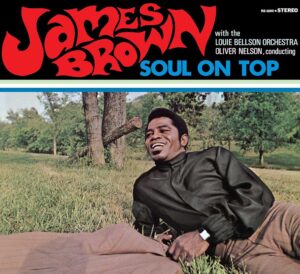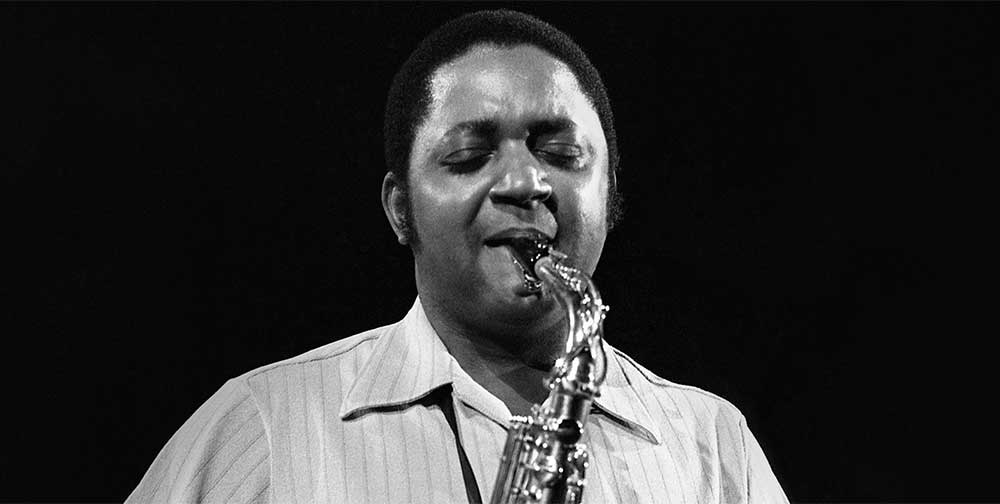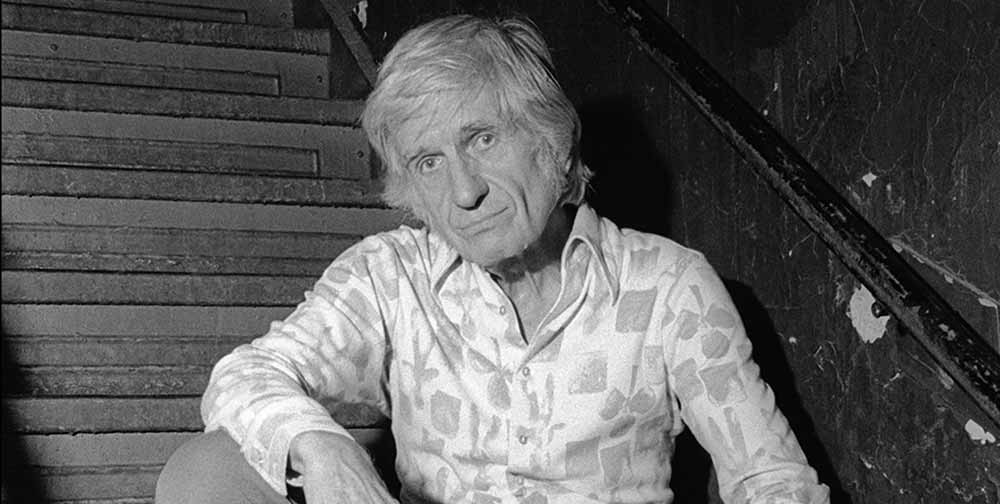At the tail end of 1969, James Brown teamed up with drum maestro Louie Bellson and arranger Oliver Nelson for an album that would become one of the most unusual in his entire discography.
“At heart, I’ve always been a jazz man,” Brown told Leonard Feather, for the liner notes of “Soul on Top”. “When I was just a kid in Macon, GA., doing amateur shows, I went up on the stage with some of those great name bands that passed through town. I’ve never forgotten the impression those big band sounds made on me.”
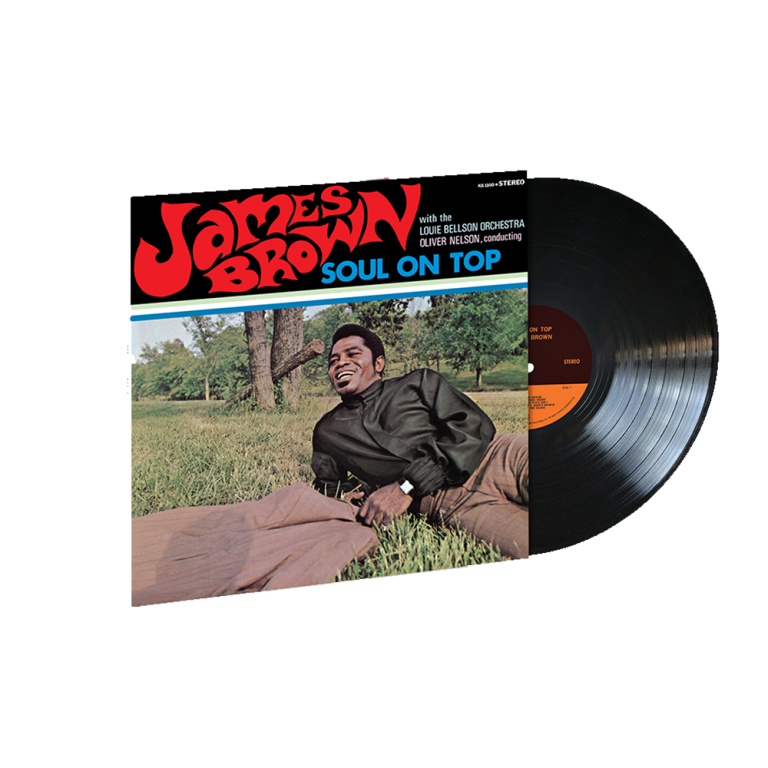
James Brown Soul On Top
Available to purchase from our US store.The Influence of Louie Bellson & Oliver Nelson
That impression manifested itself in the idea for an album that took several years to unfold, and finally gained momentum when Brown met composer, band leader and drum legend Louie Bellson.
Bellson, together with a handful of fellow time-keepers like Gene Krupa and Buddy Rich, had placed the drummer front-and-centre of a propulsive big band sound, building on the rhythmic innovations that Count Basie’s drummer Jo Jones developed through the 1930s. Part of that dynamic sound was Bellson’s pioneering use of two kick drum pedals, which he used extensively with Duke Ellington, Benny Goodman and Tommy Dorsey.
James Brown first met Bellson at the Apollo Theatre in 1953. But it was during a conversation at a TV studio some 15 years later, after Brown had multiple hits with songs like “I Feel Good” and “Give It Up Or Turnit A Loose”, that Brown approached Bellson with the idea of a cross-genre album – James Brown with a big band.
The combination was tantalising, and not just because James Brown was a bonafide hit machine. Big band classics would be given a funky reworking, next to Brown’s own songs done with widescreen arrangements. It would all hinge on finding an arranger who could bridge those two worlds – and they found their man in saxophonist Oliver Nelson.
Nelson had played with Bellson at the end of the 1950s, but it was his album “The Blues And The Abstract Truth” for Impulse! In 1961 (featuring the eye-popping group of Bill Evans, Roy Haynes, Eric Dolphy, Freddie Hubbard and Paul Chambers), that marked Nelson down as a composer and arranger of the highest calibre. Nelson went on to arrange for film and TV in Hollywood, as well as for pop stars like Nancy Wilson and The Temptations. Brown and Bellson gave Nelson carte blanche to create something truly original, that incorporated the strongest elements of funk, soul and jazz, and avoided any watered-down compromises.
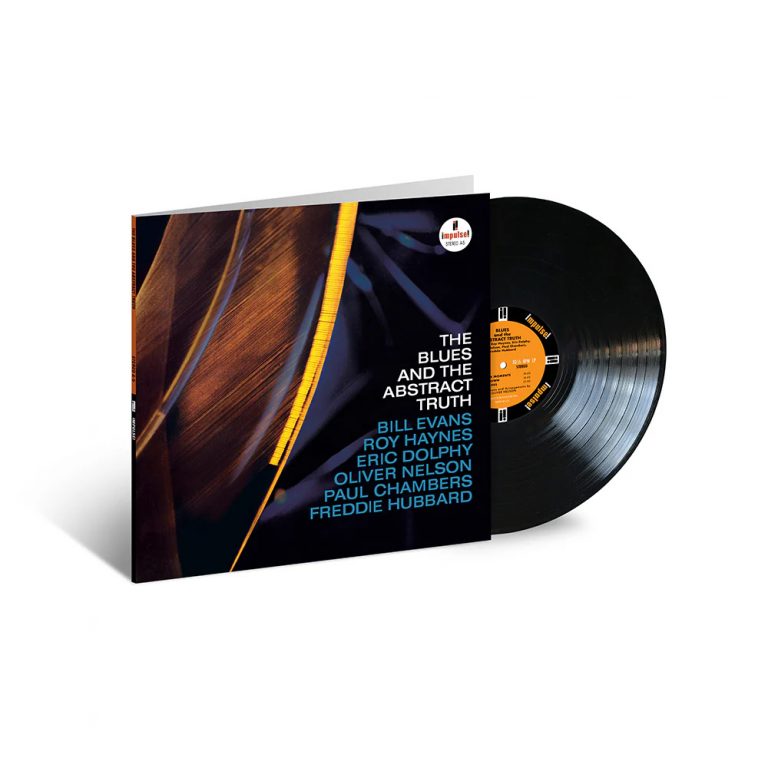
OLIVER NELSON The Blues And The Abstract Truth
Available to purchase from our US store.Soul On Top: The Setlist
The ensemble was composed mostly of Bellson’s band, with the exception of Brown’s regular sax man Maceo Parker Jr, who stepped up for several solos. But while the line-up was reliably predictable, the setlist contained notable surprises. “That’s My Desire” a popular song from the 1930s was transformed from sentimental ballad to a soul jazz torch song, complete with quiet-to-loud brass parts that reflected Brown’s own masterful vocal technique. Hank Williams’ country blues classic “Your Cheating Heart” was reworked into an anthem of positivity, and updated Ray Charles’ balladeer version.
“The Man In The Glass” set a poem by Peter Dale Wimbrow to original music by album producer Bud Hobgood, which created a slow burn funky stomper about self belief, foreshadowing Michael Jackson’s “Man In The Mirror” by forty years. The arrangement for the intro to “It’s Magic” was classic Nelson, and modded to “Sketches of Spain” era Miles Davis and Gil Evans, before it melted into a sublime jazz ballad that found the line between Sinatra and Abbey Lincoln.
The two tracks of Brown’s to get reworked were “It’s A Man’s Man’s Man’s World” and “Papa’s Got A Brand New Bag”. Nelson reimagined the chromatic run of strings at the start of “It’s A Man’s Man’s Man’s World” into a blistering brass figure, over a funky piano and double rhythm guitar shuffle, for a groove so good they spontaneously extended it to allow Brown to vibe out. “Papa’s Got A Brand New Bag” showed off Brown’s rhythmic genius and Bellson’s mastery of the drumkit, as the pair combined to work the ensemble into a frenzy and close out the album.

James Brown Soul On Top
Available to purchase from our US store.The Album’s Enduring Legacy
With its altered versions, “Soul on Top” has a certain conceptual lens to it, but it triumphs because of the unique space that Oliver Nelson created for it. Nelson, Brown and Bellson found the balance between tight charts and extended funk forms, and allowed the looseness of improvisation to creep in, while maintaining a fairly conducted set. Brown’s own unique takes on improvisation – the guttural exclamations and high-pitched screeches – feature prominently in a session that was much more than just an experiment.
“Soul On Top” was also an opportunity for James Brown to recognise the big bands and jazz ensembles that inspired him, with their visceral power and transformative sound. In that sense the album is a resounding success, and reaffirms the universal appeal of one of the most influential musicians of the 20th century.
Max Cole is a writer and music enthusiast based in Düsseldorf, who has written for record labels and magazines such as Straight No Chaser, Kindred Spirits, Rush Hour, South of North, International Feel and the Red Bull Music Academy.


